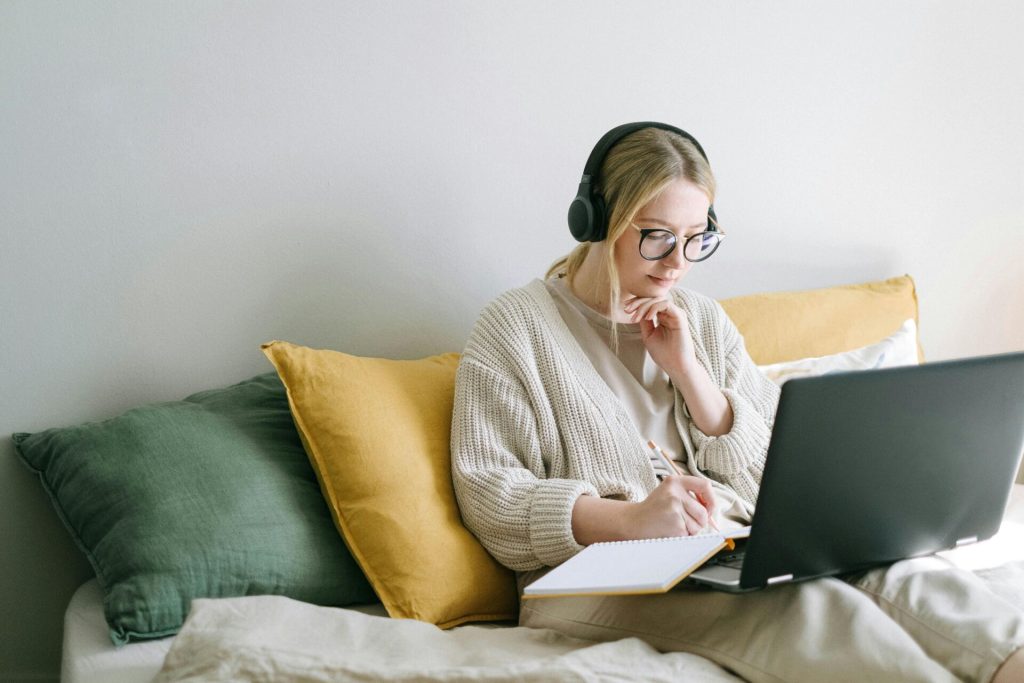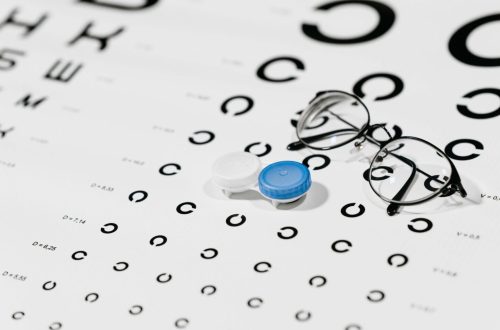Do you feel anxious during first dates, job interviews, or public speaking events? It’s normal to feel a bit nervous in these situations, and usually, this kind of anxiety fades quickly.
However, if those feelings of fear, dread, or worry linger and even get worse over time, you might be dealing with an anxiety disorder. And you’re not alone! In fact, in 2021, anxiety was the most frequently diagnosed condition in New York City.
But here’s the good news: you don’t have to live with this constant anxiety. That’s right! There’s a superhero called CBT who can help! It’s a toolbox full of awesome techniques to fight back against anxiety.
Let’s explore these techniques!
KEY CBT TECHNIQUES FOR ANXIETY
CBT offers various techniques to help manage anxiety. Each tool can be adapted to fit your needs, helping you handle anxiety in a healthy way.
However, it’s important to note that these techniques often yield the best results when applied under the guidance of a qualified professional. So, it’s a good idea to consult with a specialist in Cognitive Behavioral Therapy in NYC or wherever you are. These experts are great at showing you different CBT techniques and can create strategies that fit exactly your needs and wants.
Let’s take a look at some of these effective CBT techniques and see how they can help you handle anxiety better.
COGNITIVE RESTRUCTURING
Cognitive restructuring is a core part of this therapy that helps you tackle the negative thought patterns that often fuel anxiety. The idea is to identify and then change the troubling thoughts that make you feel anxious or scared.
For example, you might be nervous about giving a presentation at work. You might think, “You’re going to mess up.” This thought can skyrocket your anxiety. Cognitive restructuring teaches you to challenge and change that thought to something more positive and realistic. This shifts your mindset to a more positive and less anxious one.
EXPOSURE THERAPY
Exposure therapy is another technique used in CBT that helps you face and gain control over your. The idea is simple: by gradually and repeatedly being exposed to the thing that scares you in a safe and controlled way, you can reduce your anxiety over time.
For example, if someone is afraid of dogs, they might start by looking at pictures of dogs, then watching a video, and eventually, spending time with a friendly dog in a safe environment.
This method is particularly effective for various types of anxiety disorders. It works well if you have specific phobias, like a fear of flying or heights. It’s also helpful if you have social anxiety, where the fear of being judged in social situations can be overwhelming.
JOURNALING AND THOUGHT RECORD

Keeping a thought journal is a powerful tool. It allows you to write down your thoughts, especially those that trigger your anxiety. This practice can help you see patterns in your thinking and understand what situations make you anxious.
Here’s how it works: whenever you feel anxious, you write down the thought that’s bothering you. Next to it, you write what triggered the anxiety, how it made you feel, and rate how much you believe in that thought from 1 to 10. Then, you think about how you can challenge this thought.
Finally, you write a more balanced thought and rate your belief in the new thought. Over time, this process can help you develop a more realistic perspective and decrease your anxiety.
ROLE PLAY
Role-playing is a therapy technique that helps you practice handling stressful interactions before they happen in real life. This method involves acting out scenarios that you find anxiety-inducing with the guidance of a therapist.
For example, if you get nervous about job interviews, you would simulate a job interview setting with your therapist. This practice helps you prepare for the real situation by allowing you to work through your anxiety in a safe and controlled environment.
One of the biggest advantages is that it builds confidence. By practising challenging interactions in therapy, you start to feel more capable and less anxious about facing similar situations outside of therapy.
PLEASANT ACTIVITY SCHEDULING
Pleasant activity scheduling is a helpful technique to boost your mood and lower anxiety. It involves planning fun or meaningful activities throughout your week to ensure you have something enjoyable to look forward to. This method works because engaging in activities you like can naturally make you feel happier and less stressed.
When you schedule pleasant activities, think about what you love or want to try. It could be anything that brings you joy, such as reading, painting, hiking, or baking. The key is choosing activities you’re excited about that fit easily into your weekly routine.
WRAP UP
Feeling anxious can be tough, but you don’t have to face it alone. With CBT by your side, you’ve learned awesome tricks to outsmart your worries! Remember, these tools work best with a therapist first, but with practice, you can become your anxiety-fighting champion! You got this!






